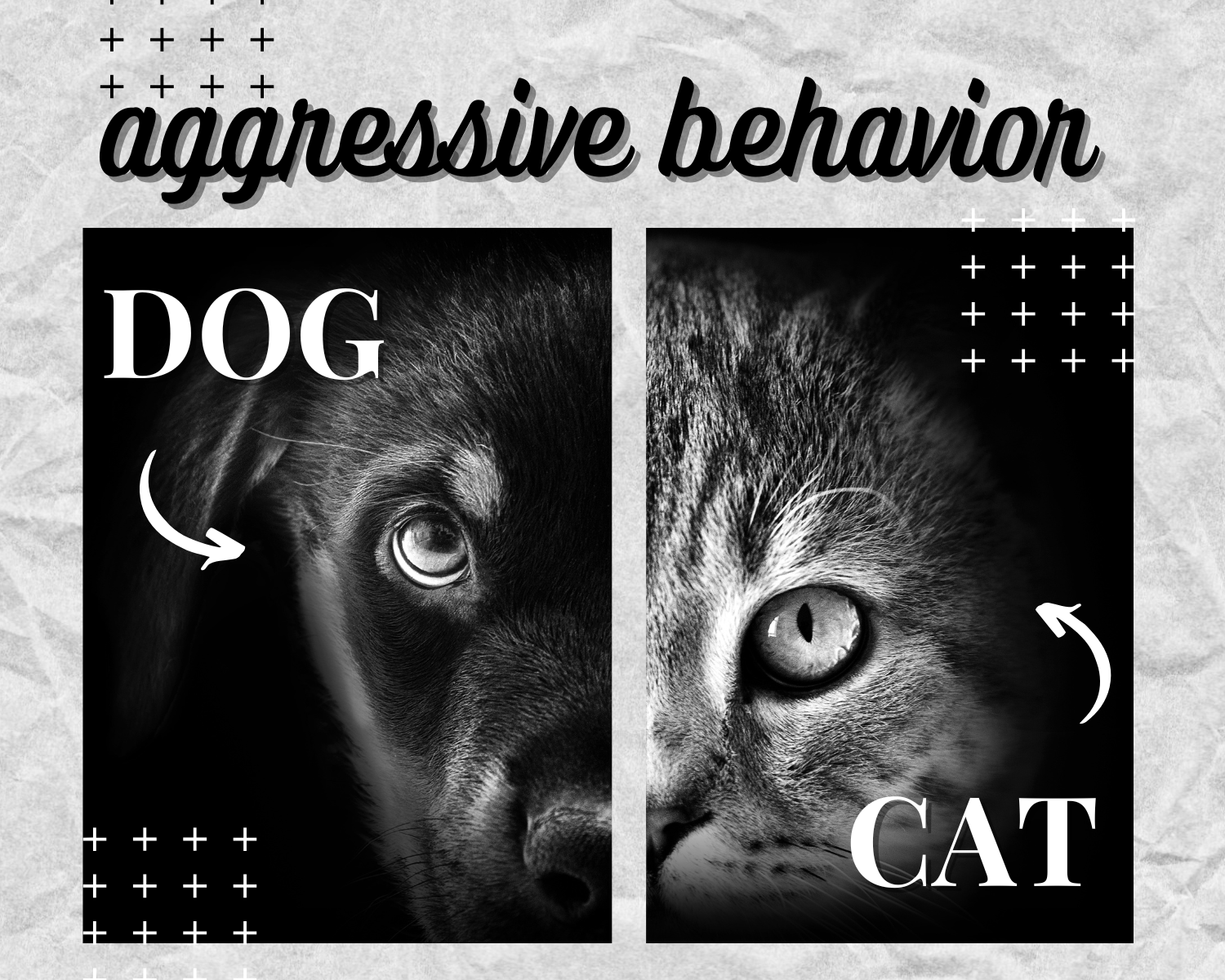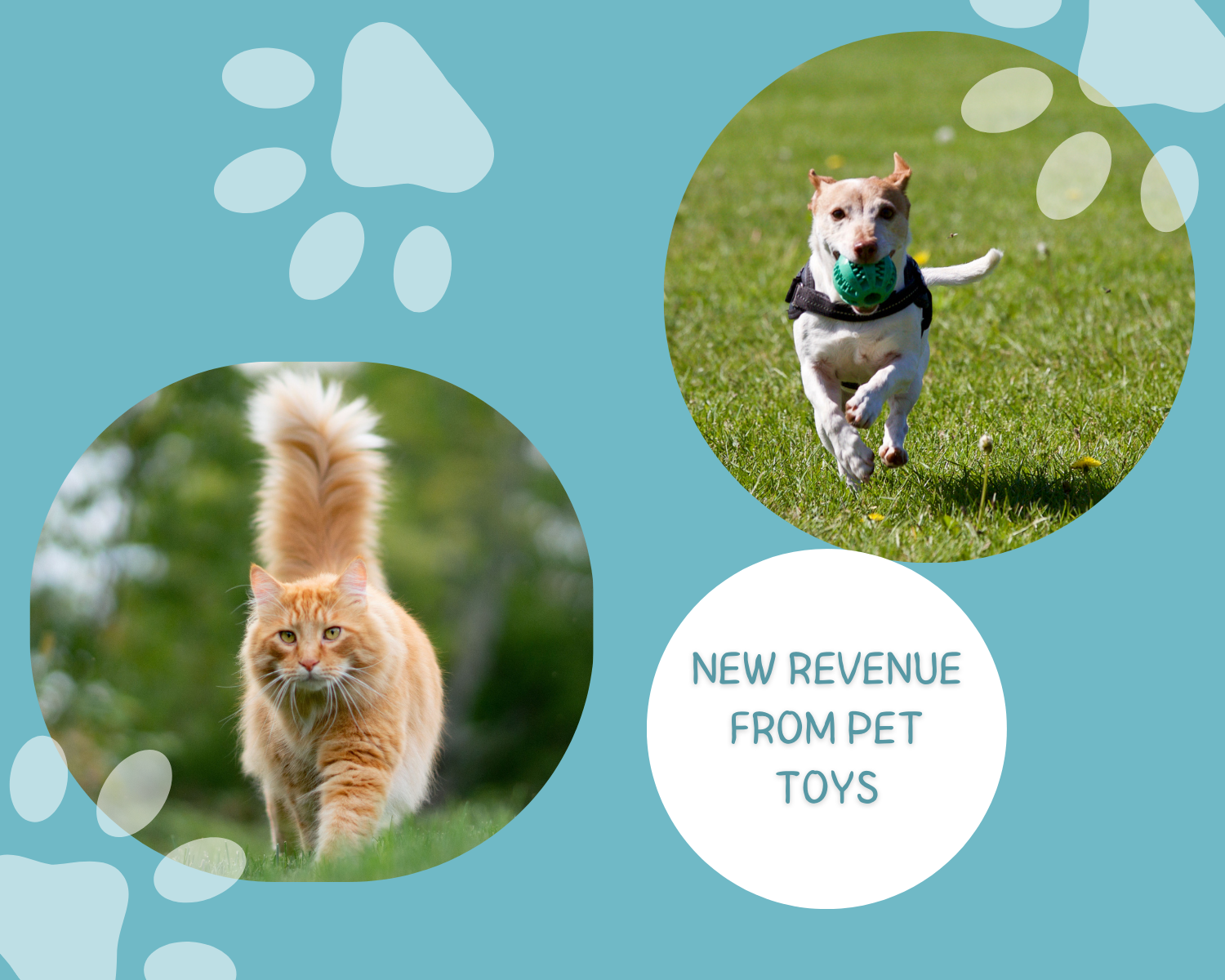Handling Aggressive Behavior in Dogs and Cats: A Guide for Pet Owners
Aggression in pets is a common concern for many pet owners, but it’s important to remember that aggression is often a sign of fear, anxiety, or stress rather than malice. Both dogs and cats can display aggressive behavior, and addressing it properly is essential for a harmonious relationship with your pet and a safe environment for everyone. Here’s a guide on understanding and managing aggressive behavior in both dogs and cats.
Understanding Aggressive Behavior
Before attempting to address aggression, it’s important to understand the possible causes. Aggression can stem from:
- Fear: Pets may act aggressively when they feel threatened, cornered, or unable to escape a situation.
- Territoriality: Both dogs and cats can become aggressive if they perceive their space or resources (food, toys, etc.) are being invaded.
- Pain or Illness: An animal in pain may react aggressively as a defense mechanism.
- Lack of Socialization: Animals who haven’t been properly socialized may be more likely to react aggressively in unfamiliar situations or with unfamiliar people/animals.
- Protectiveness: Some pets may become aggressive when they feel the need to protect their owner or another pet.
Handling Aggressive Behavior in Dogs
Dogs may show aggression through growling, barking, snapping, or biting. It’s essential to address aggressive behavior promptly to prevent escalation.
1. Identify Triggers
The first step in managing aggression is identifying the triggers. Keep track of when and where the aggressive behavior occurs. Does your dog react aggressively around food, other dogs, or strangers? Understanding the cause helps you create a targeted approach to managing the behavior.
2. Avoid Physical Punishment
Punishing a dog physically for aggressive behavior can worsen the situation and lead to more fear and anxiety. Instead, focus on positive reinforcement, rewarding your dog when they display calm and appropriate behavior.
3. Train with Commands
Basic obedience training can be extremely helpful in managing aggressive behavior. Commands like “sit,” “stay,” and “leave it” can help distract your dog during moments of aggression. Consistent training helps your dog focus on you and your commands, even in stressful situations.
- Example: If your dog becomes aggressive towards another dog during a walk, use the “sit” or “look at me” command to redirect their attention and calm them down.
4. Desensitization and Counter-Conditioning
If your dog’s aggression is triggered by specific situations (like meeting new dogs), try desensitization. Gradually expose your dog to the trigger in a controlled manner, rewarding calm behavior. Over time, your dog will become less reactive to the trigger.
- Example: If your dog is aggressive towards other dogs, start by allowing them to observe other dogs from a distance and reward calm behavior. Gradually reduce the distance as your dog becomes more comfortable.
5. Consult a Professional
In cases where aggression is severe or persistent, seeking help from a professional dog trainer or behaviorist is essential. They can assess your dog’s behavior and provide specific strategies tailored to your pet.
Handling Aggressive Behavior in Cats
Aggression in cats can manifest through hissing, swatting, biting, or lunging. Cats are more likely to act aggressively when they feel threatened or stressed.
1. Recognize Warning Signs
Cats usually give subtle signs before becoming aggressive, such as growling, flattening their ears, or swishing their tail. Recognizing these early signals can help you prevent the escalation of aggression.
2. Don’t Force Interaction
If your cat is showing signs of aggression, avoid forcing interactions. Let them retreat to a safe space where they feel secure. Cats need to have the option to control their environment and decide when they’re ready to interact.
- Example: If your cat is hissing or growling, step back and give them space. Trying to approach them while they are showing aggression can lead to biting or scratching.
3. Provide Plenty of Resources
Aggression can stem from resource guarding. Ensure your cat has enough food, water, toys, and scratching posts to feel secure. Multiple litter boxes, especially in multi-cat households, can prevent territorial disputes and aggression.
4. Gradual Socialization
For cats that display aggression towards new people or other animals, gradual and controlled introductions are key. Allow them to observe new situations from a distance and reward calm behavior. Over time, they’ll become more comfortable with the new stimulus.
- Example: When introducing a new pet or person to your cat, start with scent swapping (by rubbing a cloth on both animals) and allow them to become familiar with each other’s smell before a face-to-face introduction.
5. Redirect Aggression
If your cat is being aggressive, particularly through play aggression, redirect their attention to a toy. Wand toys or laser pointers can help channel their energy and give them an outlet for their aggression in a safe way.
- Example: If your cat is swatting at your hands, redirect them to a toy they can safely attack. Praise them for playing with the toy instead of your hand.
6. Veterinary Check-Up
Aggression can sometimes be a result of pain or illness. If your cat’s aggression seems out of character, it’s a good idea to take them to the vet for a check-up. Conditions like dental disease or arthritis can cause a cat to become irritable or aggressive.
General Tips for Both Dogs and Cats
- Stay Calm: Your pet can sense your emotions. Staying calm and assertive will help your pet feel more at ease.
- Avoid Reinforcing Aggressive Behavior: Don’t reward aggressive behavior with attention or treats. Instead, reward calm, relaxed behavior to reinforce what you want to see.
- Create a Safe Space: Ensure your pet has a quiet and comfortable area where they can retreat if they feel overwhelmed or anxious.



